
Suzanne Vega was born in Santa Monica, California. At the age of two, she moved to New York City when her mother married Puerto Rican writer Edgardo Vega Yunqué. She wrote poetry and songs in her youth and cites Lou Reed, Bob Dylan, and Leonard Cohen as key influences. At college, Vega majored in English Literature and performed in the Greenwich Village folk scene.
Vega built a local following, but a record deal was difficult – an acoustic singer-songwriter didn’t seem like a strong commercial prospect in the mid-1980s. After rejecting her twice, A&M eventually signed her. They expected her debut album, 1985’s Suzanne Vega, to sell 30,000 copies. Instead, it sold a million copies, while 1987’s Solitude Standing was even more successful and contained Vega’s signature hit ‘Luka’. Solitude Standing also contains ‘Tom’s Diner’, an a capella track that earned Vega the title “Mother of the MP3”; German scientists used her pure voice as a sample to perfect MP3 technology.
I used to view Vega as a one-hit wonder, as ‘Luka’ was the only Vega song I heard on the radio, but she has an enjoyable and consistent catalogue. She is stylistically limited – her wistful voice is best suited to gentle material. Vega usually plays folk-rock centred on her accomplished acoustic guitar playing, although her collaborations with Mitchell Froom in the 1990s successfully expanded her sonic palette.
I haven’t covered them on this page, but Vega has also made four albums of acoustic reworkings of her songs, titled Close-Up. They’re thematically grouped – the four volumes are titled Love Songs, People & Places, States of Being, and Songs of Family. Songs of Family contains three previously unreleased songs – ‘Brother Mine’ and ‘The Silver Lady’ are among her earliest compositions.
Suzanne Vega Album Reviews
Suzanne Vega | Solitude Standing | Days of Open Hand | 99.9F° | Nine Objects of Desire | Songs In Red and Gray | Retrospective | Beauty & Crime | Tales from the Realm of the Queen of Pentacles | Lover, Beloved: Songs from an Evening with Carson McCullers
Suzanne Vega
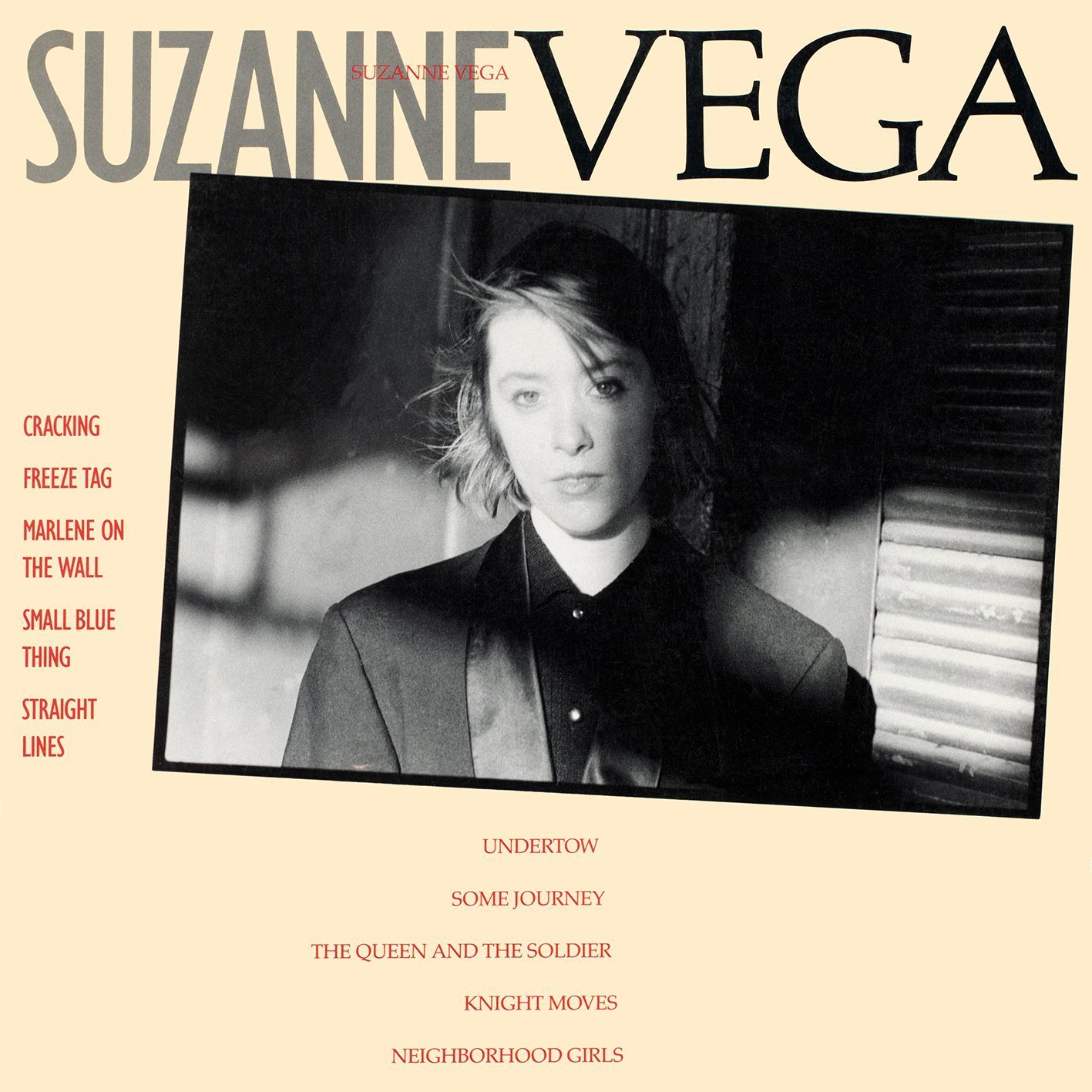
1985, 7.5/10
Suzanne Vega’s debut album was produced by Steve Addabbo and Lenny Kaye; Kaye’s known for his musical association with Patti Smith and as the compiler of the Nuggets compilation. They present Vega in a low-key setting, with her acoustic guitar prominent. There are synthesizer and lead guitar parts, but Suzanne Vega feels intimate. Vega’s noted that tracks like the opening ‘Cracking’, with its spoken word verses, reflect the influence of new wave and Lou Reed.
Suzanne Vega was particularly successful in the UK, where the single ‘Marlene on the Wall’ nearly cracked the top twenty. ‘Marlene’ is written from the perspective of a poster of Marlene Dietrich on Vega’s wall, dispassionately observing her personal life. The other standout track is ‘Small Blue Thing’, a meditative series of similes. Most of the record features Vega’s subtle musings on relationships. In comparison ‘The Queen and the Soldier’ is a straightforward anti-war allegory; it’s memorable but feels out of place. The lesser material can slip into anonymity, especially with the low-key arrangements and Vega’s plainspoken delivery.
Suzanne Vega is a lovely debut; Vega wouldn’t release such an intimate-sounding album again until the 21st century.
Solitude Standing

1987, 8.5/10
Solitude Standing retains the same production team as Suzanne Vega, but it’s a more confident and expansive record. This is a double-edged sword – it makes for a more diverse and memorable album, but also dates the album as the 1980s arrangements are at the forefront. On balance, though, many of Vega’s best-loved songs are on Solitude Standing, and it’s a strong contender for her best studio album.
The opening 1-2 punch of the a capella ‘Tom’s Diner’ and the child abuse portrait ‘Luka’ is Vega’s two best-known songs, but there are other treasures here. The 1980s arrangements work for the title track, where the busy synths are an integral part of the song. Vega wrote ‘Gypsy’ when she was 18, and it’s gorgeous, while ‘Calypso’ is about a character in Homer’s Odyssey and features a lovely guitar solo. ‘In The Eye’ is a deep cut with a lovely melody, while ‘Ironbound/Fancy Poultry’ is the most ambitious piece in Vega’s catalogue – a lengthy, multi-part song with a section in 12/8 time.
Solitude Standing is a confident sophomore album, with Vega broadening her horizons without sacrificing her integrity, and scoring a hit single in the process.
Days of Open Hand
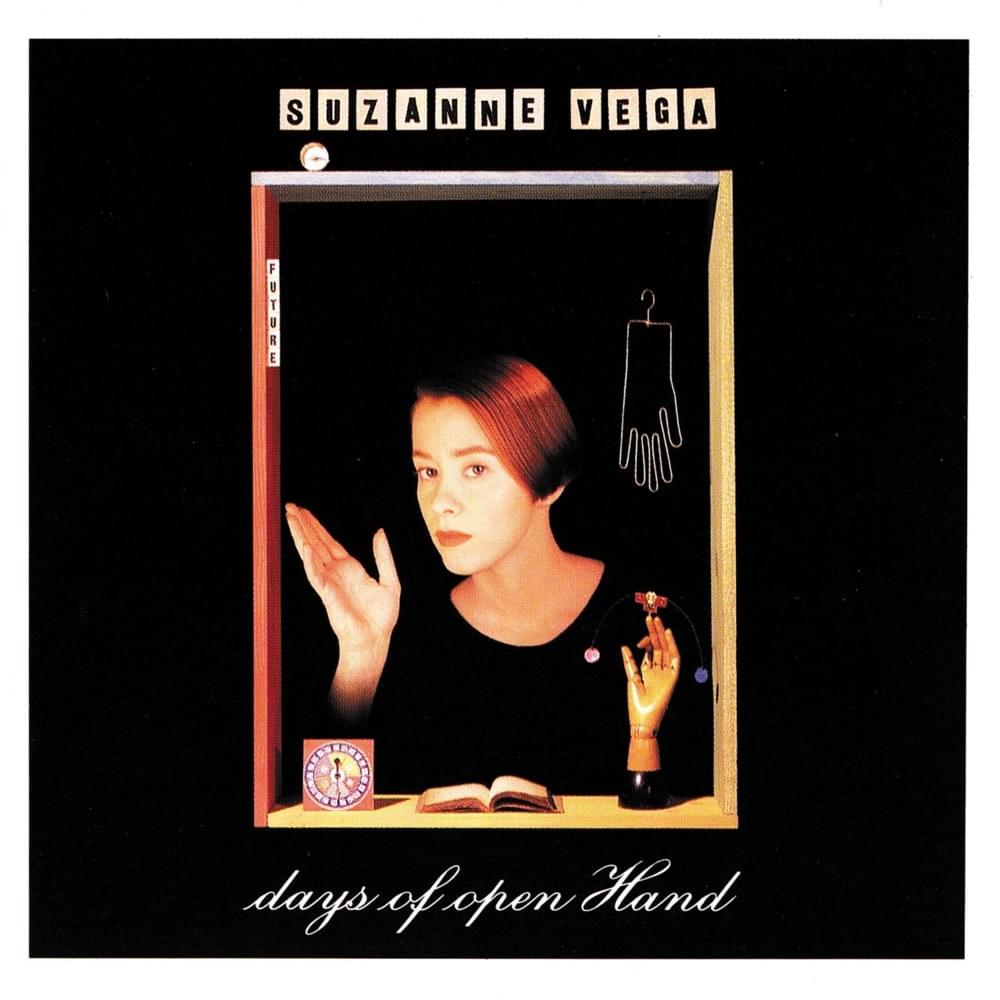
1990, 6/10
Suzanne Vega’s third album is an interesting beast, with underdeveloped songs and expansive arrangements. It feels like Vega, fresh off two years of promoting Solitude Standing, didn’t have the inspiration to write a batch of strong tunes, but spent a lot of time in the studio dressing them up in exotic arrangements. Vega later told The Guardian that “We worked for a “whole year on that album. In the end I wasn’t really happy with it.” Days of Open Hand is co-produced by Anton Sanko, better known as a film composer, who employs some exotic world textures like Asian flutes. Unusual guests include Philip Glass on string arrangement and John Linnell, from They Might Be Giants, on accordion.
Vega has stated that many of the songs on Days of Open Hand were written about her dreams and accordingly, opening track ‘Tired of Sleeping’ is a gorgeous, folk-rock piece. The lead single ‘Book of Dreams is disappointingly bland, despite a nice tune, while songs like ‘Rusted Pipe’ and ‘Institution Green’ come across as lesser rewrites of ‘Solitude Standing’ from the previous record. Vega’s biting vocal is effective on ‘Predictions’, while the ambitious closing track ‘Pilgrimage’ holds together well.
The lack of memorable melodies is problematic on Days of Open Hand, but it’s a fascinating record nonetheless.
99.9F°
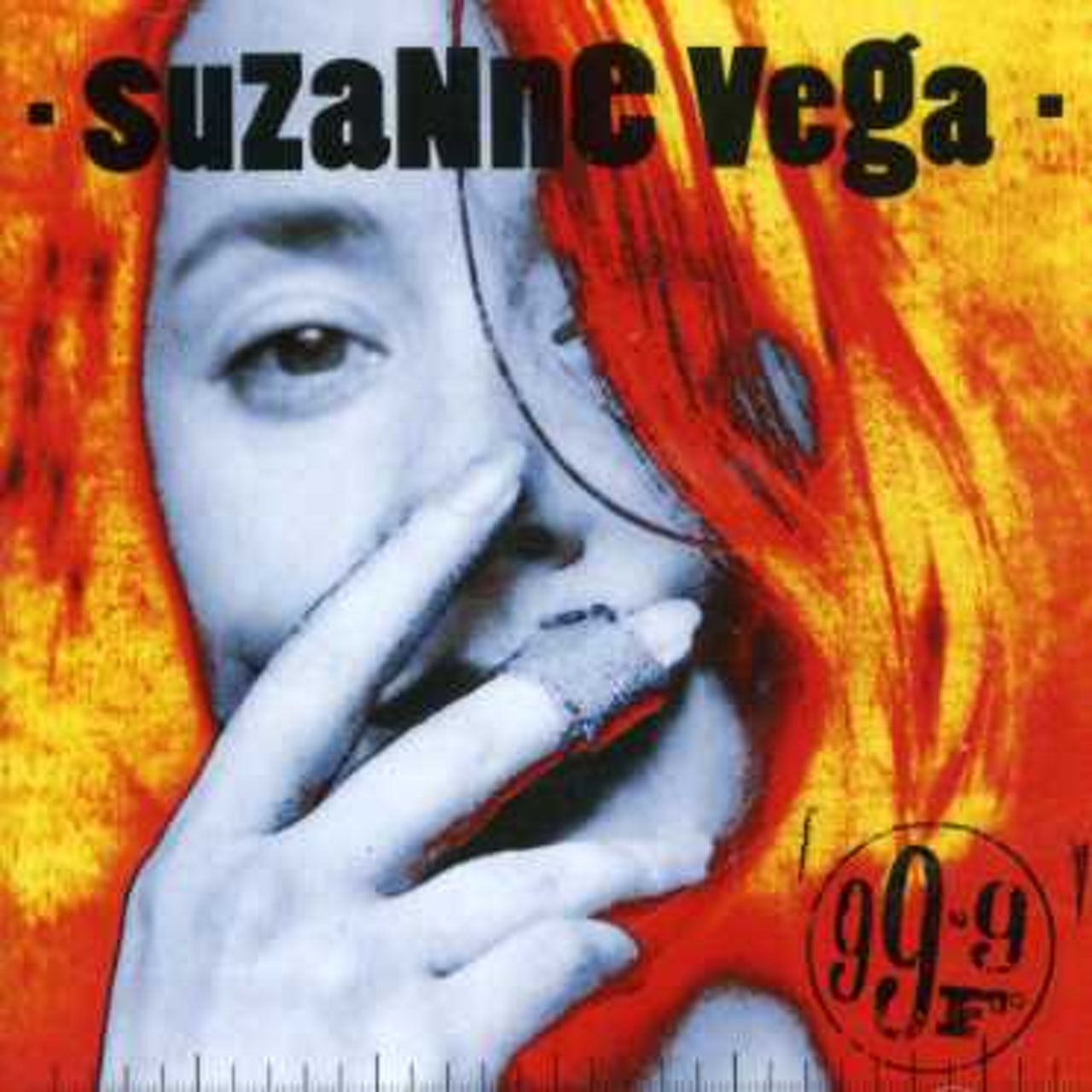
1992, 8/10
On 99.9F° producer Mitchell Froom successfully makes a diverse Suzanne Vega album. 99.9F° is often referred to an experimental album, but it’s noteworthy that several songs are completely pared down to Vega and her guitar. Froom enlists a crack band – Jerry Marotta on drums, Bruce Thomas from Elvis Costello’s Attractions on bass, and David Hidalgo from Los Lobos on guitar. In particular Thomas stars, with his busy bassline driving the title track. Froom’s arrangement ideas are also in evidence – the clattering industrial percussion of ‘Blood Makes Noise’ is an innovation that complements Vega’s songwriting.
Despite the experimentation, my favourite song on 99.9F is the most conventionally Vega – ‘In Liverpool’ is a folk-tinged song, reportedly written about the same former boyfriend as ‘Gypsy’. There are straightforward pop songs like ‘When Heroes Go Down’, although acoustic songs like ‘Blood Sings’ and ‘Song of Sand’, which recalls Nick Drake with its strings, are often the most effective.
The satisfying diversity makes 99.9F° a contender for Vega’s best album, even if it arguably doesn’t have as many great songs as her first two records.
Nine Objects of Desire

1996, 7/10
Froom returned to the producer’s chair for Nine Objects of Desire; by this time he and Vega were a married couple with a young daughter. The Nine Objects of Desire are identified in the liner notes as Mitchell Froom, Froom and Vega’s young daughter, death, Froom’s daughter from a previous marriage, three men, one woman, and a plum(!). Musically, Nine Objects of Desire is less abrasive than Vega’s previous collaboration with Froom – it ventures close to jazz in places. Vocal jazz isn’t Vega’s strength; her vocals are better suited to a detached observer than to a passionate lover.
The opening track ‘Birth-Day (Love Made Real)’ is about Vega’s experience of giving birth, and it’s easily more aggressive than anything else on the record with edgy organ from Froom. ‘Caramel’ is a pretty jazzy piece, while Froom’s jazzy keyboards and horn arrangements dominate the excellent ‘Thin Man’. ‘The World Before Columbus’ is another song about Vega’s young daughter, and it’s pretty folk that would have fitted nicely on Vega’s previous records.
Nine Objects of Desire is another interesting attempt from Vega to explore new stylistic ground. Her vocals aren’t strong enough for it to be an unqualified success, but her quest with Froom for new sounds throws up some interesting material.
Songs In Red and Gray

2001, 7.5/10
Froom and Vega divorced in 1998, and Songs in Red and Gray is largely written about the failure of their marriage. More than any other Vega album, Songs sounds like what you’d expect from her – introspective and acoustic folk-rock. The programmed beats date the record to the turn of the 21st century, but it’s still classy.
Vega’s way too strong of a writer to present a one-sided story of a divorce – ‘Soap and Water’ features the great line “Daddy’s a dark riddle/Mama’s a headful of bees/You are my little kite/Carried away in the wayward breeze.” Vega’s derisive in ‘(I’ll Never Be) Your Maggie May’, and holding onto a lingering touch of romance on ‘Harbor Song’. Songs opens with one of Vega’s best songs, ‘Penitent’, with her voice at its prettiest navigating the lilting melody. ‘St. Clare’ is a cover of a song by fellow Greenwich Village artist Jack Hardy.
Songs in Red and Gray is a low-key but high-quality record from Vega, a literate portrait of a divorce.
Retrospective: The Best of Suzanne Vega
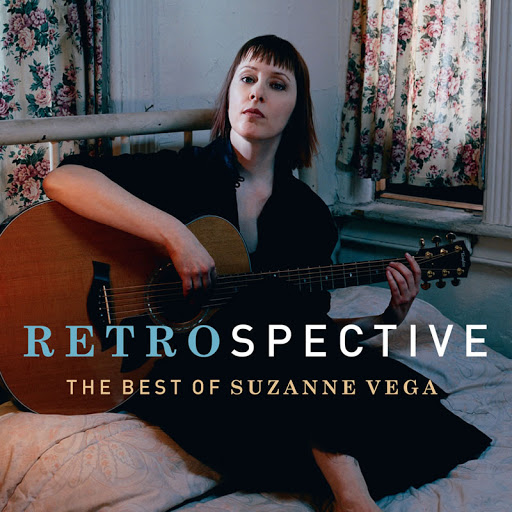
2003, 9.5/10
Songs in Red and Gray was Vega’s final album for A&M, and they released this career retrospective in 2003. It does a great job of collecting her best work, from ‘Marlene on the Wall’ from Suzanne Vega to ‘Penitent’ on Songs. Even if you own all of Vega’s studio records, there are five non-album tracks; two reworkings with the DNA remix of ‘Tom’s Diner’ and a live version of ‘The Queen and the Soldier’. ‘Rosemary’ is a new song from an earlier compilation, while ‘Left of Center’ is from the 1986 Pretty in Pink soundtrack with Joe Jackson on piano. ‘Woman on the Tier (I’ll See You Through)’ is from the Dead Man Walking soundtrack. It seems unfair on a talented artist with a solid catalogue to pick a compilation as her best work, but Retrospective does a great job of putting her best songs in one place; of the non-album songs, ‘Left of Center’ is particularly strong.
Beauty & Crime
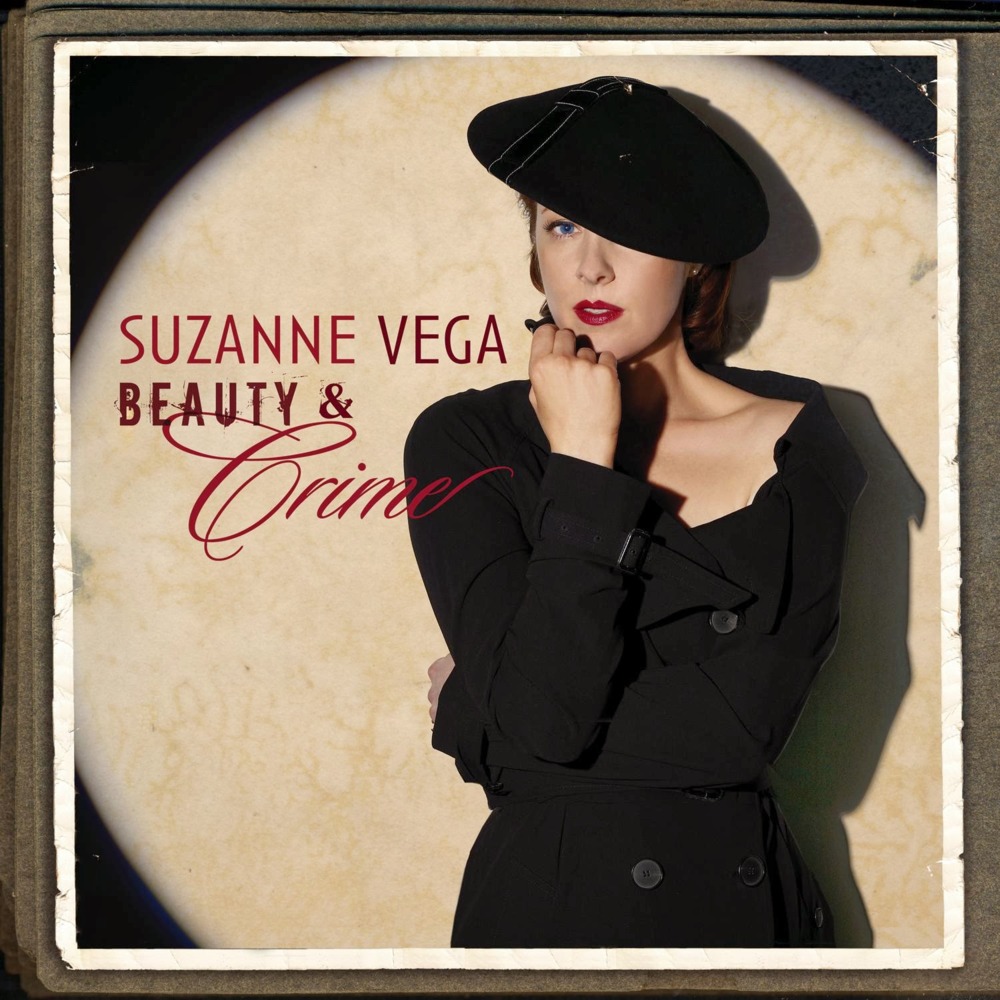
2007, 7.5/10
Beauty & Crime is another surprisingly strong late-career album from Vega. It’s themed around New York, discussing both its famous residents (Edith Wharton, Frank and Ava) and people in Vega’s circle. ‘Ludlow Street’ is written about Vega’s brother, who survived the 9/11 attacks but passed away in 2002 from stress-related alcoholism. Unsurprisingly, Beauty & Crime is typically classy folk-rock; interesting guests include Sonic Youth’s Lee Ranaldo on guitar and KT Tunstall on backing vocals.
Despite the loveliness of quintessential Vega songs like ‘New York is a Woman’ and ‘Edith Wharton’s Figurines’, it’s the ambitious pieces that leave the biggest impression. ‘Bound’ builds from gentle beginnings into spiralling strings, while ‘Unbound’ is just about the most energetic song in Vega’s catalogue.
Beauty & Crime is an accomplished late-period album that measures up well with the rest of Vega’s catalogue.
Tales from the Realm of the Queen of Pentacles
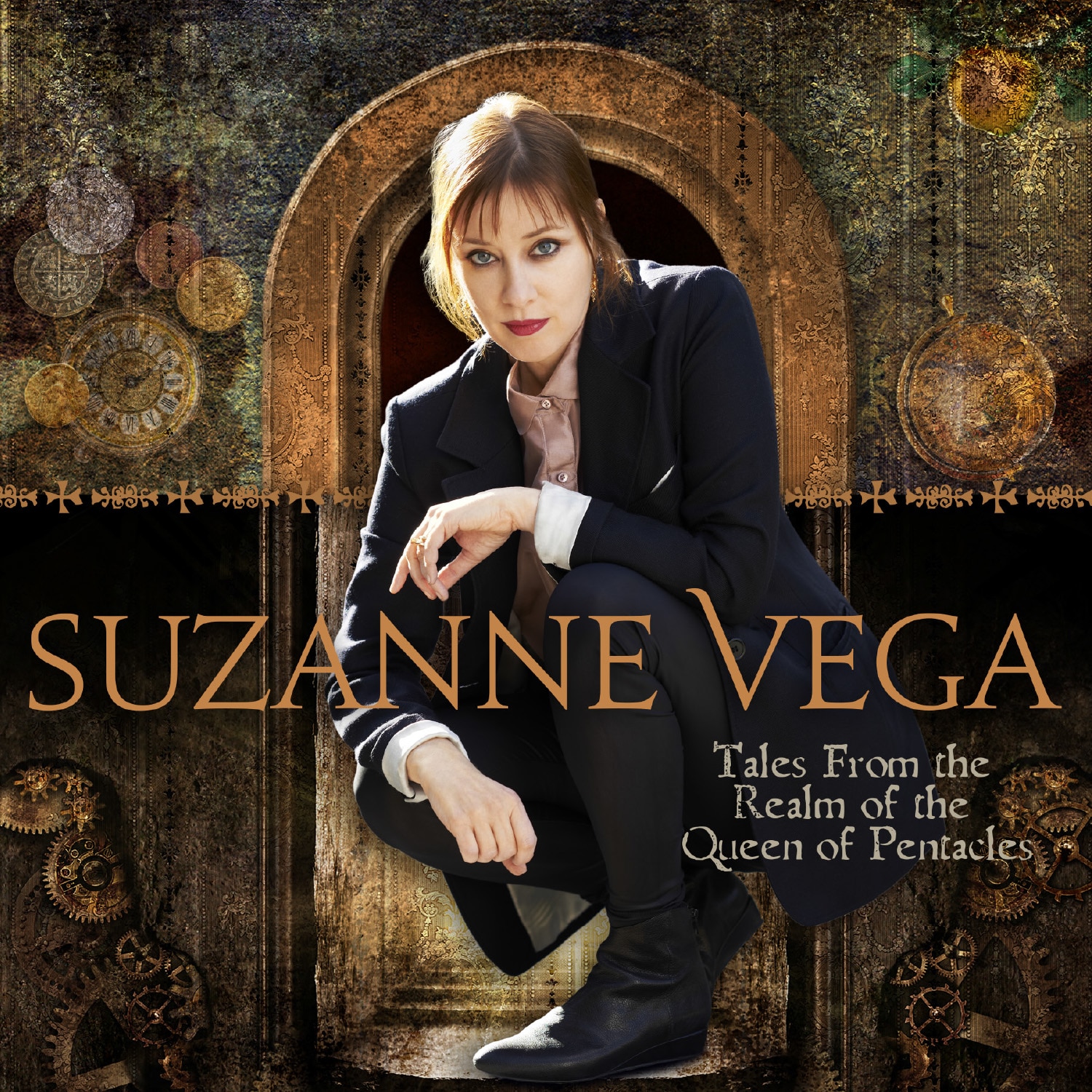
2014, 7.5/10
Vega became interested in tarot, and many of the songs on Tales from the Realm of the Queen of Pentacles are themed around tarot cards. ‘Portrait of the Knight of Wands’ and ‘Fool’s Complaint’, with the opening line “How I hate the Queen of Pentacles! Sitting on her golden throne.” There’s also other spiritual exploration – ‘Jacob and the Angel’ is based on the Bible. Tales is produced by guitarist Gerry Leonard, previously a musical director for David Bowie, who has co-write credits for most of these songs. It’s his guitar that’s most valuable – he’s a terrific foil for Vega on songs like ‘Portrait of the Knight of Wands’.
Pentacles is the most rock-oriented album Vega’s released – songs like ‘I Never Wear White’ and ‘Fool’s Complaint’ have a raw edge, helped by players like Tony Levin on bass. Vega samples 50 Cent and name-drops Macklemore on ‘Don’t Uncork What You Can’t Contain’, while ‘Song of the Stoic’ is like a sequel to ‘Luka’, looking at a grown-up version of the protagonist. ‘Horizon (There Is A Road)’ is generic for a Vega song, but it still makes for an effective closer.
Tales is Vega’s first US top 40 album since 99.9F, but just like her previous two records from the 21st century, it’s a classy folk-rock album with a clear theme.
Lover, Beloved: Songs from an Evening with Carson McCullers
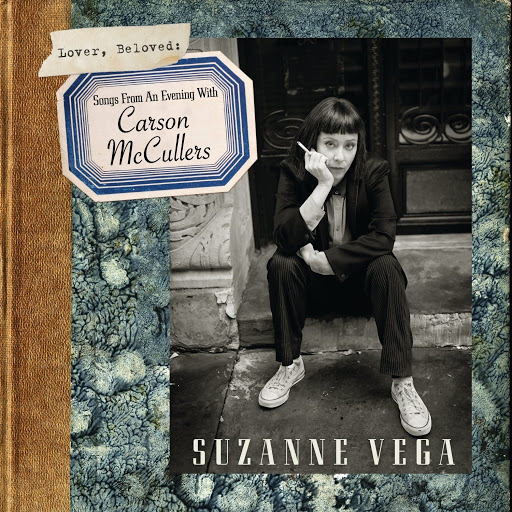
2014, not rated
Vega was fascinated by the novels of Carson McCullers, after reading them as a teenager. She wrote and performed in the play Carson McCullers Talks About Love, which debuted in 2011. Most songs are co-written with singer-songwriter Duncan Shiek.
Ten Best Suzanne Vega Songs
Marlene on the Wall
Gypsy
In Liverpool
Penitent
Ironbound/Fancy Poultry
Bound
Left of Center
Solitude Standing
Small Blue Thing
Tom’s Diner
Back to 1980s Album Reviews….
One comment
Leave a Reply
Related Pages
About
Aphoristic Album Reviews is almost entirely written by one person. It features album reviews and blog posts across a growing spectrum of popular music.
Review Pages
Read about the discographies of musical acts from the 1960s to the present day. Browse this site's review archives or enjoy these random selections:
Blog Posts
I add new blog posts to this website every week. Browse the archives or enjoy these random selections:





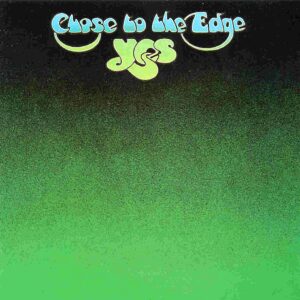
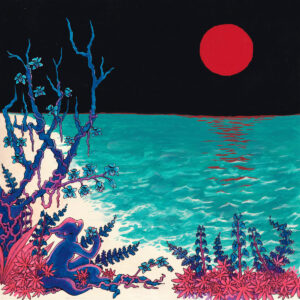
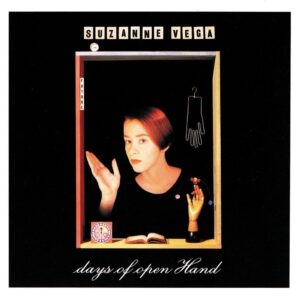

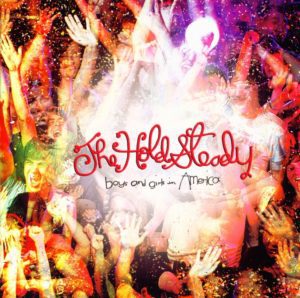
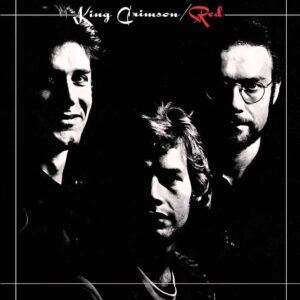
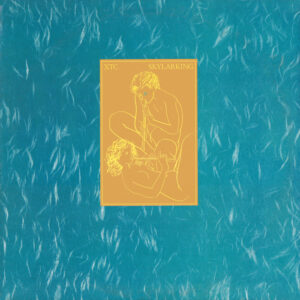





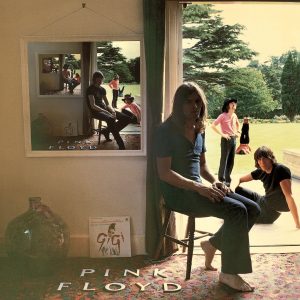

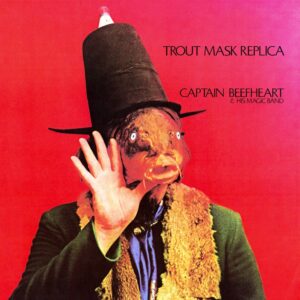

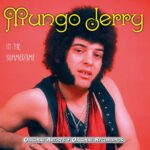

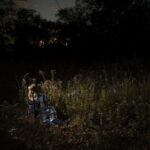
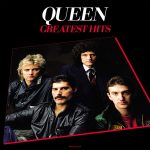
Nice blog ?